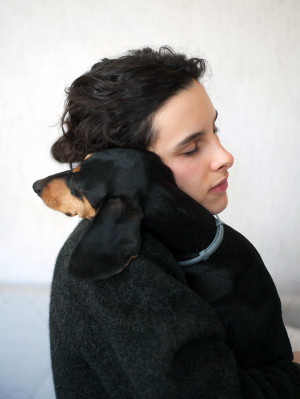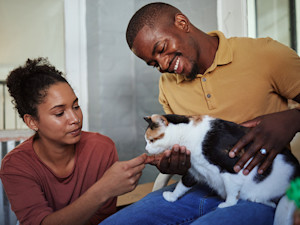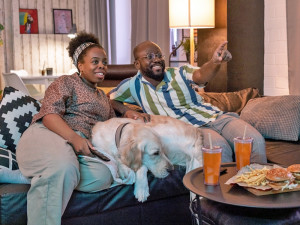Not Lady, Not The Tramp: How Disney Did Dogs a Disservice
What Disney got wrong about your dog
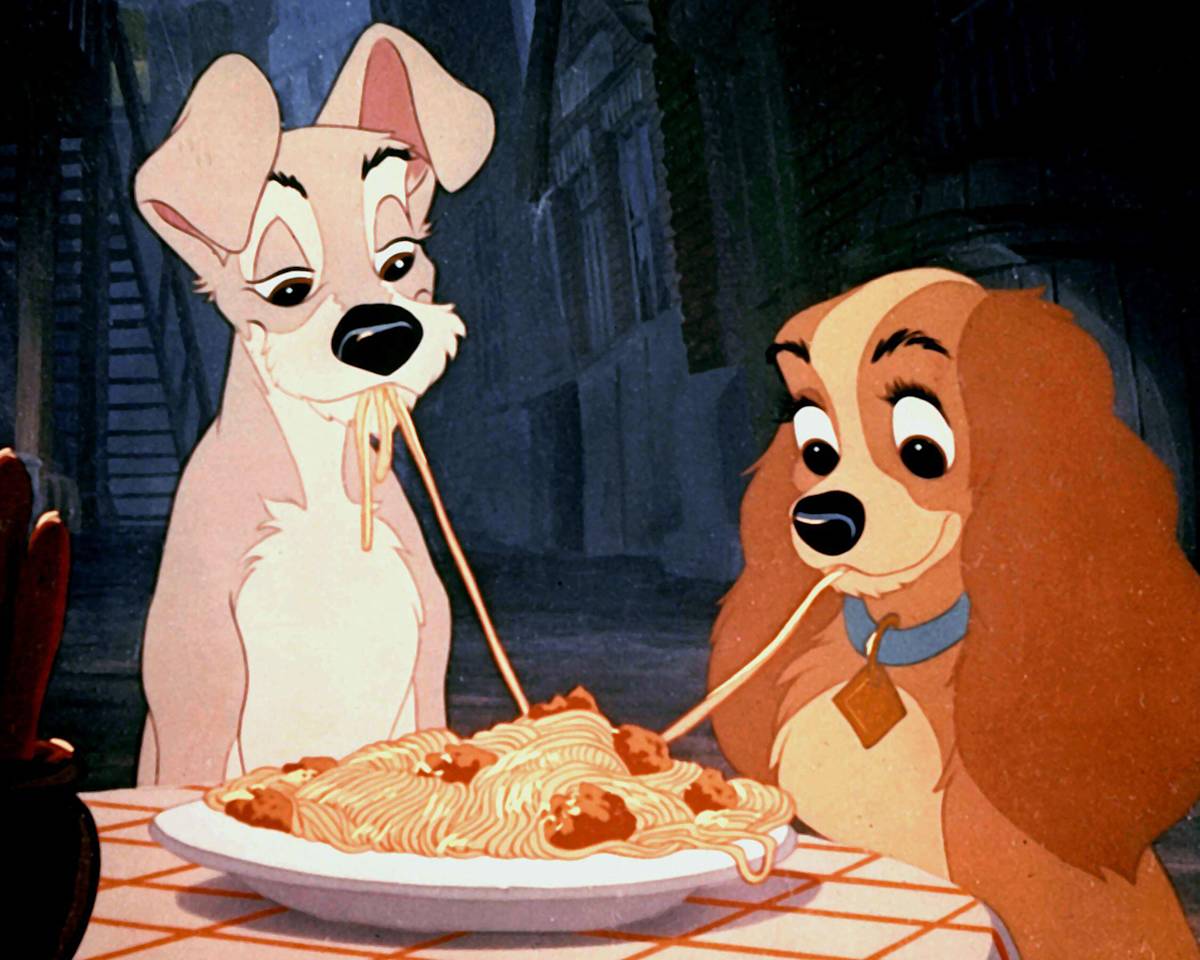
Share Article
We’ve all been there. Projected feelings onto our dog. Pretended they were silently judging us. Imagined guilt after they chewed a shoe. Or believed – just for a second – that they understood exactly what we were saying.
Enter: the ‘Disney Dog Effect’. A feel-good fantasy that casts dogs as emotionally fluent sidekicks with human thoughts and perfect manners.
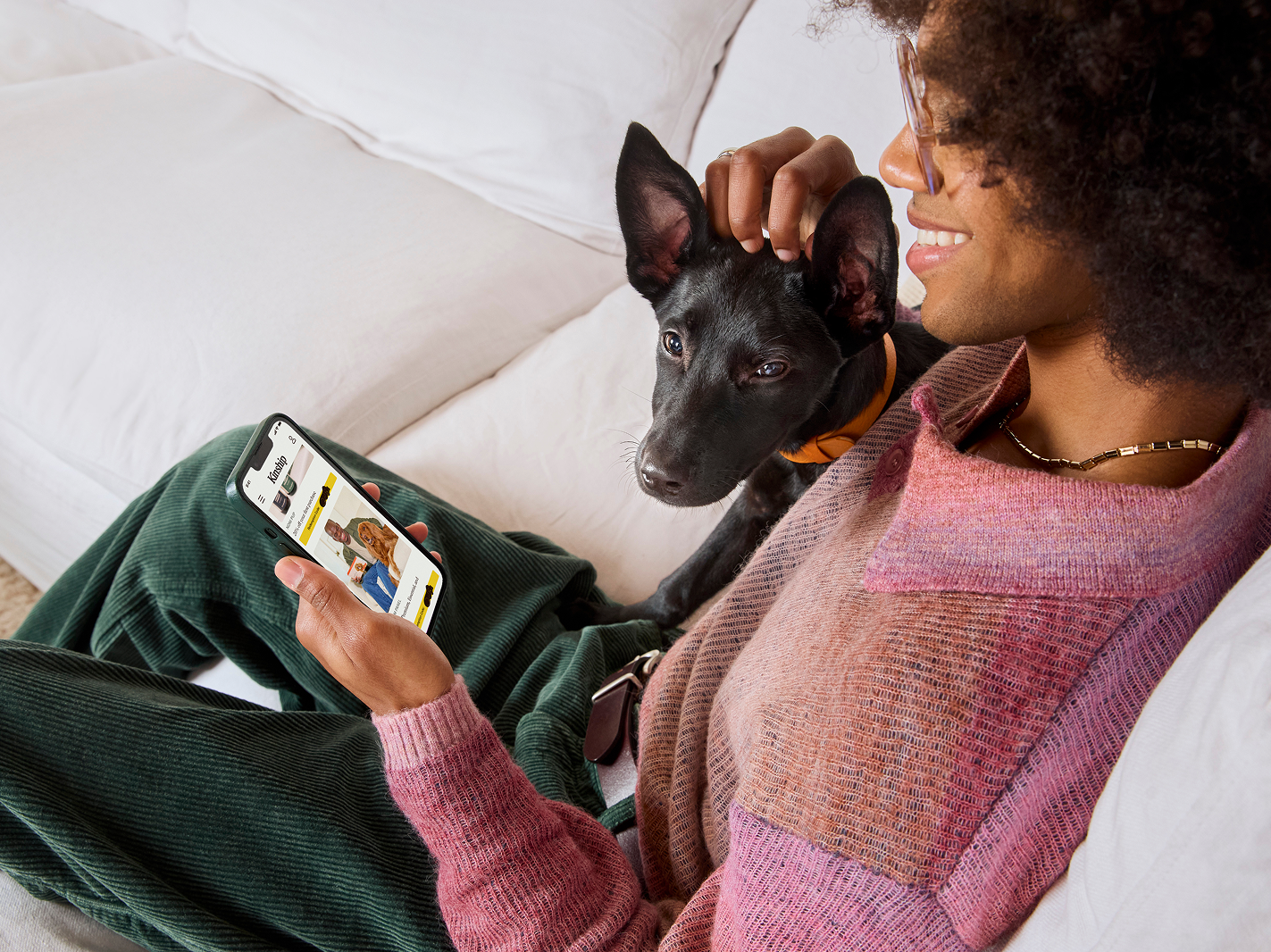
Get (totally free) deals for food, treats, accessories, tech and way more pet parenting must-haves.
It’s a concept dog behaviourist Renee Rhoades highlighted in an Instagram postopens in new tab. These stories bring dogs to life in ways that blur reality, giving them emotions, thoughts, even a moral compass – that’s anthropomorphism, fyi – and while it might seem harmless, it can lead us to believe dogs understand us on a deeply human level.
“Humans are wired to find patterns and meaning in behaviour,” writes Renee. It’s how we make sense of our bond with dogs. But as charming as it is, the more we frame their actions through our own emotional framework, the more we risk missing who they actually are.
And that gap between fiction and reality? It matters. Because misinterpretation can lead to miscommunication. And miscommunication, especially in dog-human relationships, can affect everything from trust to training to how safe a dog feels in their own home.
Dogs in popular culture
As a child, I loved Disney’s Lady and the Tramp – especially that iconic scene where street dog Tramp takes Cocker Spaniel Lady for a candlelit dinner. The dogs slurp spaghetti and meatballs, with their lips accidentally touching as they share a string. The dogs, in this scenario, are experiencing romantic love in the stereotypical ‘rom-com’ way that humans do.
More than simply donning human clothes, versions of dogs displaying human-like emotional intelligence on our screens come up time and time again. “In Disney’s Pocahontas, Percy the pug fixes Pocahontas’ necklace – a kind, human gesture. There’s Nana The Newfoundland in Peter Pan who’s a nanny – pouring medicine for the children, caring for them and tidying up,” lists Rima Chehlaoui, dog behaviourist at Even Better Dogsopens in new tab.
Rima warns that these movie portrayals of pups play into our romantic notion of what it’s like to welcome a dog into our home – that they’ll love us instantly. In A Dog’s Purpose, for example, Bailey the dog displays an unconditional devotion to his person. But often relationships take time to build – not all dogs immediately trust us.
“It can suck you in when you see two [on screen] dogs having a verbal conversation, picking up on human conversations and falling in line accordingly – but even in human-based non-fiction, every aspect is not an exact portrayal of reality,” cautions Rima.
Children are especially susceptible. In films, dogs causing chaos in a home is depicted as comedy, like it’s loads of fun, but the reality can feel scary. “Children don’t expect that when they’re running around, the pup will join in and nip at them. Or while having a snack, the pup will mouth them.” We need to teach our kids the difference between fact and fiction – and how to interact with dogs IRL.
What the science says
It turns out that dogs do respond to human expressions. In her book, Inside of a Dog, animal psychologist Alexandra Horowitz describes dogs as “anthropologists among us”. Her work encourages us to strip away our anthropomorphisation of dogs. She notes that dogs are skilled observers and have learned how to use us to get what they want. “We solve the puzzles of closed doors and empty water dishes,” she writes.
“And canines have a multifaceted ability to distinguish emotional expressions,” explains Rima. “They use visual cues and body language, olfactory and auditory senses – social learning plays a part, too.”
Rima tells me that science backs this up. A 2024 studyopens in new tab in the journal, Animal Cognition, illustrated that the participating dogs were able to perceive genuine human emotion – especially with their pet parents. “The dog’s behaviour was different depending on the owner's emotional state,” explains Rima. “When their owners were sad, dogs jumped up at them less. And dogs performed better in training when owners were happy.”
But, crucially, this doesn’t mean that dogs have a moral compass – or “that their perception is the same as ours,” says Rima.
Perception vs reality
Take the classic ‘guilty look’ (ears back, hiding, avoiding eye contact) that we often put on our dogs after they’ve done something – air quotes incoming – “naughty”.
“I get this comment a lot as a trainer, ‘he knew what he did was wrong’,” says Rima. But Rima says that isn’t because your dog knows right from wrong. Your dog isn’t reflecting on their past actions, but responding to your body language and tone of voice.
In fact, a 2009 studyopens in new tab – Disambiguating the ‘guilty look’ – empirically tested this anthropomorphism with 14 domestic dogs. “The results indicated that the ‘guilty look’ is better described as a response to owner cues as opposed to awareness of transgression,” Rima explains.
Alexandra believes that your dogs’ ‘misbehaviour’ actually shows how differently they experience the world compared to us. And if they are ‘misbehaving’, it means we have designed their environment poorly. A shoe that you’ve worn – your dog makes sense of the world through their nose so loves things that smell of you – left in the middle of a carpet, for example, is seen by your dog as an enrichment device. Your dog doesn’t know what a shoe is, or why you’d be annoyed if they chewed on it.
Why it matters
By seeing our dogs as humans and seeing them through the lens of ‘human’ emotions, we aren’t fully understanding them as dogs. A dog deeply smelling us, for example, isn’t ‘rude’ as it might be if a human did it, “it’s a peek into their perceptual experience as olfactory creatures,” says Alexandra, in podcast episode Why All Dogs Are Good Dogs for TED Talks Dailyopens in new tab.
Both Rima and Alexandra believe we can better understand our dogs when we don’t project on to them. Although dogs become sensitive to human behaviour, that doesn’t mean they understand it. We need to teach them – in a way they will respond to – how to act in the human world.
“Expecting dogs to magically know how you’d like them to behave causes frustration and can damage your relationship with them,” says Rima. “It’s vital to understand how dogs communicate in their own way. Learn about canine body language. Consider their age, personality, breed and history – especially if they’re a rescue or rehomed dog. Look at things through their perspective, not ours.”
Yes, it can be fun to talk about our dogs having human characteristics, and sometimes it really does feel like our dogs can stare right into our souls, but dogs aren’t people. And I, for one, am glad about that. I love my dog like she’s my biological child, but that’s more reason to treat her like the dog that she is – I can show her love by respecting her personal space, stroking her on her own terms (which actually releases feel-good hormones for both of you) and going on sniffy walks. That’s the kind of love language she understands.
Resources
Bekoff, Marc. Canine Confidential. University of Chicago Press, 2018.
Berns, Gregory. What It’s like to Be a Dog. Basic Books, 2017.
Bräuer, Juliane, et al. “Dogs Distinguish Authentic Human Emotions without Being Empathic.opens in new tab” Animal Cognition, vol. 27, no. 1, Springer Science and Business Media LLC, Sept. 2024.
Horowitz, Alexandra. “Disambiguating the ‘Guilty Look’: Salient Prompts to a Familiar Dog Behaviour.opens in new tab” Behavioural Processes, vol. 81, no. 3, July 2009, pp. 447–52.
Horowitz, Alexandra. Inside of a Dog. Simon and Schuster, 2010.
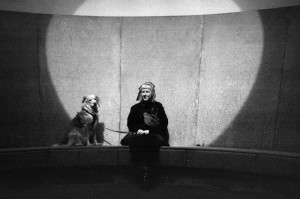
Alice Snape
Alice Snape is a freelance writer and editor whose work has featured in Cosmopolitan, Metro, Red, Vice, amongst other publications. Her rescue dog Lucy is the love of her life – probably because she’s an anxious weirdo like her. You’ll likely find them both curled up in bed – Alice’s favourite place to write from – or out having an adventure together in the park…
Related articles
![A side profile photograph of a woman with her eyes closed holding her dog in her arms, who is resting their head on her shoulder.]()
How Anthropomorphisation Makes You a Better Pet Parent
What are the benefits of our pets’ human personalities? Psychotherapists and animal behaviourists weigh in
![Couple with a cat]()
Our Pet Loves Me But Ignores My Partner – What Can the ‘Spare Human’ Do?
Spare human syndrome? Here’s how to win your pet’s love
Viral TikTok Trends Are Cute, But Does Your Pet Enjoy Them?
The real impact of social media trends on your pets’ well-being
![Keanu Reeves and Halle Berry star in John Wick with two German Shepherd dogs.]()
Why You Shouldn’t Get a Dog Breed Because You Saw it in a Film
Even if you do want to live that Elle Woods life...
![A couple sitting on the sofa with their dog watching TV with a table of drinks, burgers and fries in front of them.]()
Dog and Cat Names Inspired By Your Favourite TV Shows
From Eastenders to Bridgerton, we round up the best names for your pets
